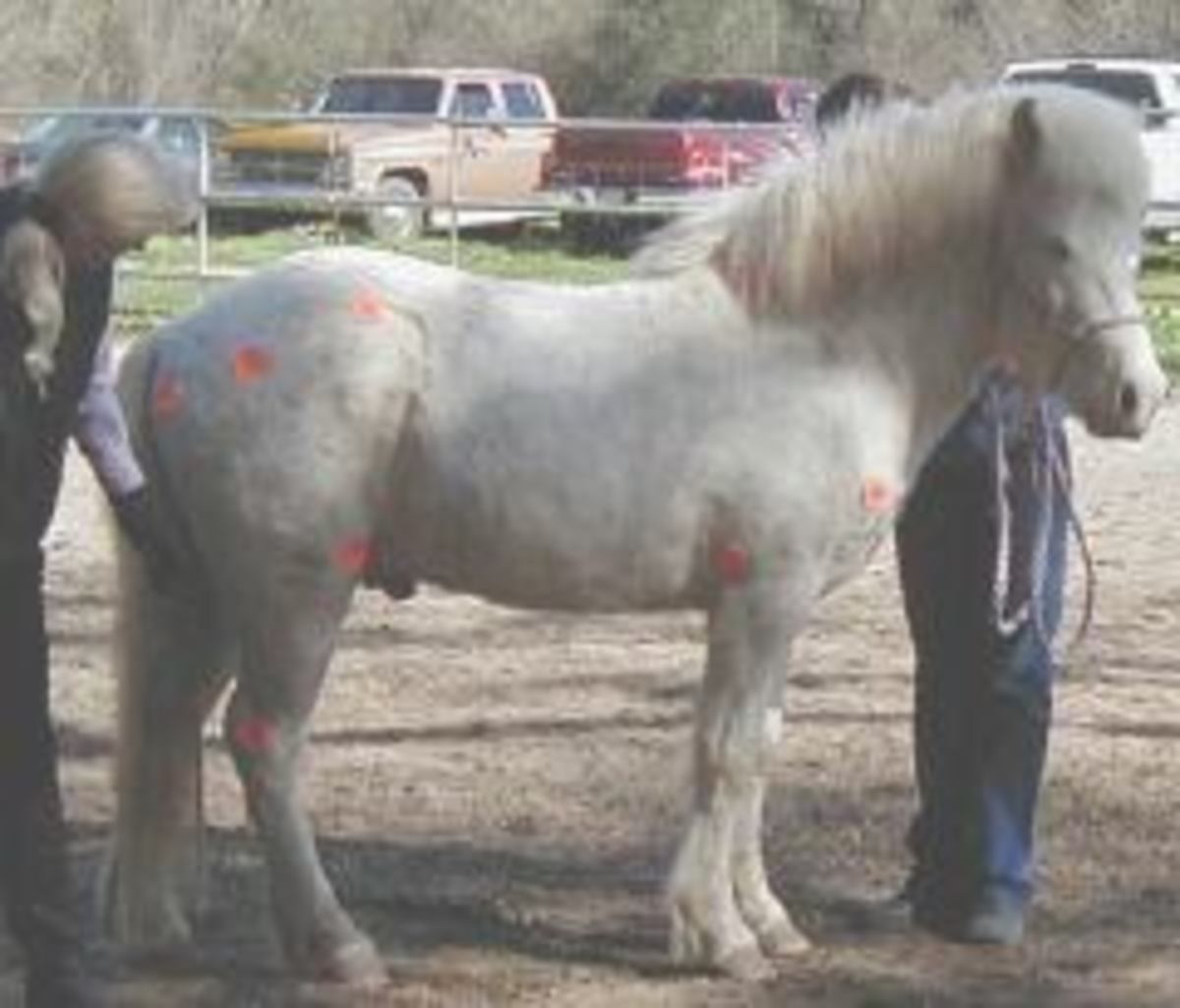Home > Horse Care > Breeding > Breed Profile: Icelandic Horse
Breed Profile: Icelandic Horse
- July 25, 2019
- ⎯ Equus
Origins
When the first Norsemen settled the volcanic island which was to become Iceland, between AD 860 and 935, they brought their horses with them. Other settlers followed, leaving the shores of Western Scotland and Ireland. The horses that accompanied those early settlers formed the foundation of the Icelandic horse, or Icelandic pony.
There have been no introductions of other horse breeds for over 800 years, making the Icelandic horse one of extreme genetic purity.
Appearance
The Icelandic horse stands between 12.2 hands and 13.2 hands, which officially makes it a pony. However, there is no word for “pony” in the Icelandic language and so the name comes from “hestur”, which means horse. Although Icelandics are small, they are very muscular and strong, and are perfectly capable of carrying full grown men over long distances without tiring.

Liz Graves, top gaited horse judge, trainer, clinician
marking “points” of conformation on an Icelandic stallion,
and describing what they mean and how to evaluate them.
Photo courtesy of
. Used with permission.
The head of the Icelandic Horse is typically plain, heavy and somewhat thick through the jowl. The legs are short and strong and Icelandics are very sure-footed over all types of rough terrain. The shoulder is upright, contributing to the elevated action of gaits such as the tolt. The hocks are set low, giving a powerful action to the hind legs.
Icelandic Horses come in a wide range of colors, including chestnut (often with a flaxen mane and tail), bay, brown, black, grey, dun, palomino and pinto. Some breeding farms breed for a specific color.
Some Icelandics are bred as pack or draft horses, and differ from the riding or saddle horses, which have been bred for their ability to perform the gaits for which the Icelandic Horse is famous. In addition, herds were bred for their meat, in a land where it is impossible to keep cattle through the long, harsh winter.
Gaits
The Icelandic Horse has five specific gaits:
- The walk or fetgangur
- The trot or brokk
- The gallop or stokk
- The pace or skeio– a lateral gait
- The tolt or rack – a four-beat running walk.
Icelandic Horse performing the tolt
Photo courtesy of Judy Ryder. Used with permission.Uses
Icelandic Horses are still an integral part of life in Iceland. They are uniquely suited to surviving in the harsh climate and are economical to keep. Some are still used as draft and pack animals. In addition, the Icelandic people are very proud of their horses and regularly participate in horse shows, with classes for both four- and five-gaited horses. Horse racing is also popular, with flat races at the gallop and also the pace, as well as some steeplechase races.In other parts of the world, such as in Great Britain and the United States, Icelandics are becoming increasingly popular and are used in activities such as endurance riding, dressage and more.
Icelandic horses are surefooted and capable of carrying
full-grown adults over long distancesBibliography:
The Encyclopedia of the Horse – Elwyn Hartley-Edwards. ISBN 1-56458-614-6





